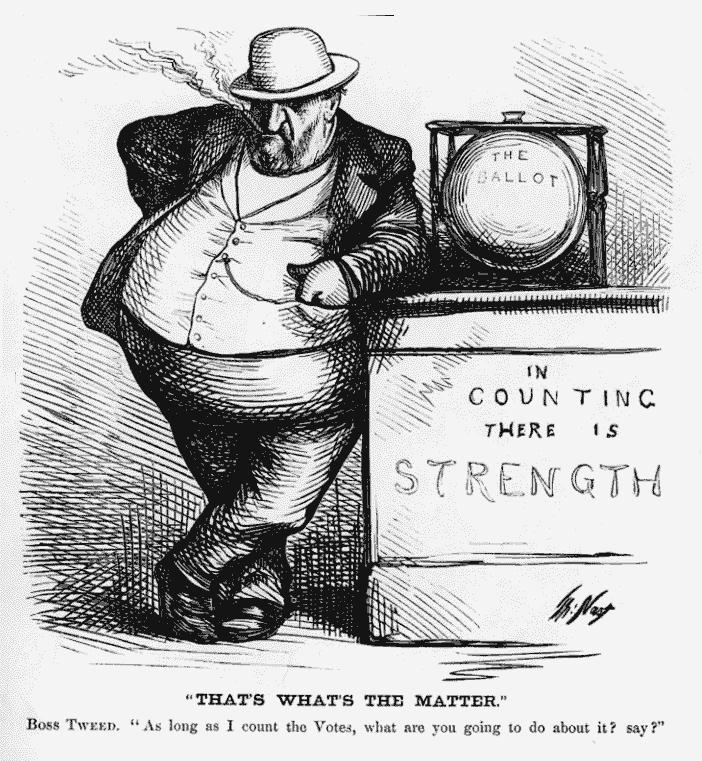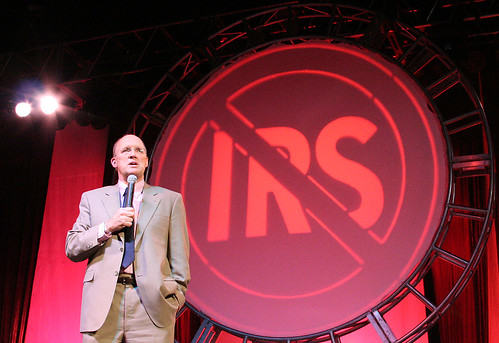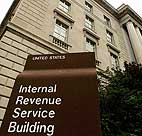 Verizon Wireless Doing Its Best To Strangle SMS Content
Verizon Wireless Doing Its Best To Strangle SMS ContentVerizon Wireless has put the word out that it’s going to start charging 3 cents for every mobile-terminated text message that goes across its network starting November 1, on top of the existing fees it already charges. See blog by MobHappy
That “poof!” sound you just heard was the SMS content and marketing business in the US vanishing in a cloud of stupidity.
RCR reports “Verizon Wireless representative Brenda Raney said the new fee was necessary to cover the carrier’s overhead in delivering MT messages.” She also added this is the first increase levied by Verizon since 2003 — but what’s changed at Verizon that this huge increase is necessary to “align with [its] costs”? Per-message charges would naturally generate higher revenues as usage grows. It’s hard to see how Verizon’s cost for processing inbound messages could suddenly leap so high that it would have to raise the fee to “align” it.
Also keep in mind that Verizon subscribers get charged for incoming messages, whether on a per-message basis, or as a part of their bundle.
If this charge sticks, it will decimate the commercial SMS business in the United States. Content providers will have to try and suck up the charges, or decide to cut off customers of the country’s second-biggest operator. Neither choice is appealing, and it’s doubtful that very many business plans can adapt to either one. Are many people making more than 3 cents per sent message in revenue?
Continue ->
Stephen Martinez E.A.
Tax Office



























